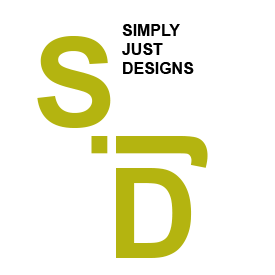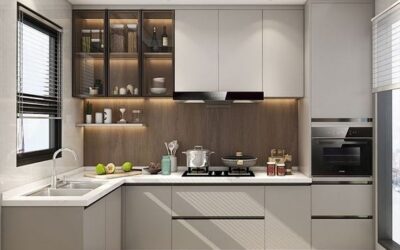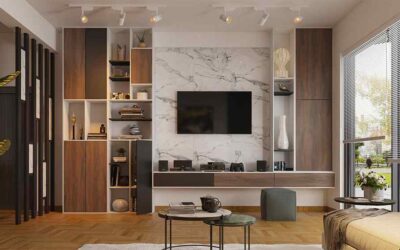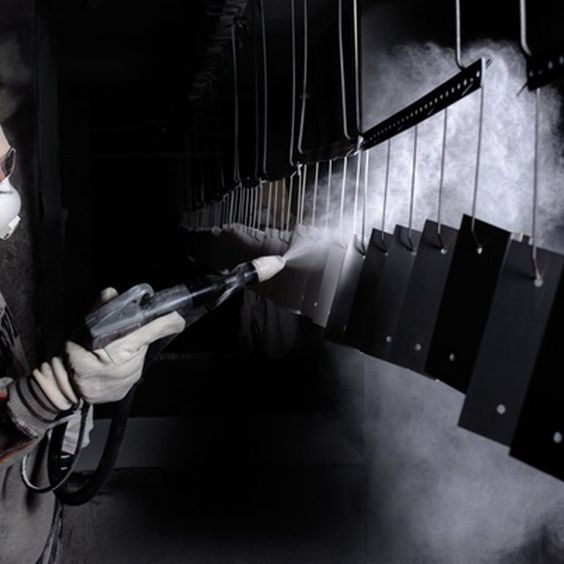
Source: ehow.com
Powder coating in interior design refers to a finishing process where a dry powder is applied to metal surfaces, such as furniture, fixtures, and architectural elements. The powder is electrostatically charged and then sprayed onto the metal surface. After application, the coated object is subjected to heat, which causes the powder particles to melt and form a smooth, durable, and uniform finish.
The process of powder coating in interior design can be applied to furniture pieces, lighting fixtures, architectural details, metal cabinets, window frames, door hardware, and other metal surfaces. It not only adds visual appeal but also contributes to the longevity of the coated objects by making them resistant to scratches, chipping, corrosion, and fading.
-
Here are some ways powder coating is employed in interior design:
- Furniture: Metal furniture pieces, such as chairs, tables, and shelving units, can be powder coated to provide a smooth and even finish. This coating not only enhances the aesthetic appeal but also adds durability, making the furniture resistant to scratches, chipping, and fading.
- Lighting Fixtures: Metal light fixtures, including lamps, chandeliers, and pendant lights, often undergo powder coating. This allows designers to achieve a specific color or texture, and the finish helps protect the fixture from corrosion and wear.
- Architectural Elements: Powder coating is applied to various architectural elements like railings, staircases, and decorative metal panels. The process offers a wide range of color choices and finishes, enabling designers to match or complement the overall design theme.
- Cabinetry and Appliances: Metal cabinets and appliances in kitchens and other spaces can benefit from powder coating. This not only provides a visually appealing finish but also protects these surfaces from daily wear and tear.
- Window Frames and Door Hardware: Powder coating is commonly used for metal window frames, door frames, and hardware, providing both aesthetic appeal and protection against the elements.
- Custom Design: One of the advantages of powder coating is its versatility. Designers can create custom colors, textures, and finishes to meet specific design requirements. This flexibility allows for a high degree of customization in interior design projects.
- Environmentally Friendly: Powder coating is considered environmentally friendly compared to traditional liquid coatings because it produces minimal waste and emits low levels of volatile organic compounds (VOCs).
- Durability: Powder coating is known for its durability and resistance to abrasion, chemicals, and UV rays. This makes it a practical choice for interior surfaces that may be subject to high traffic or exposure to various environmental factors.
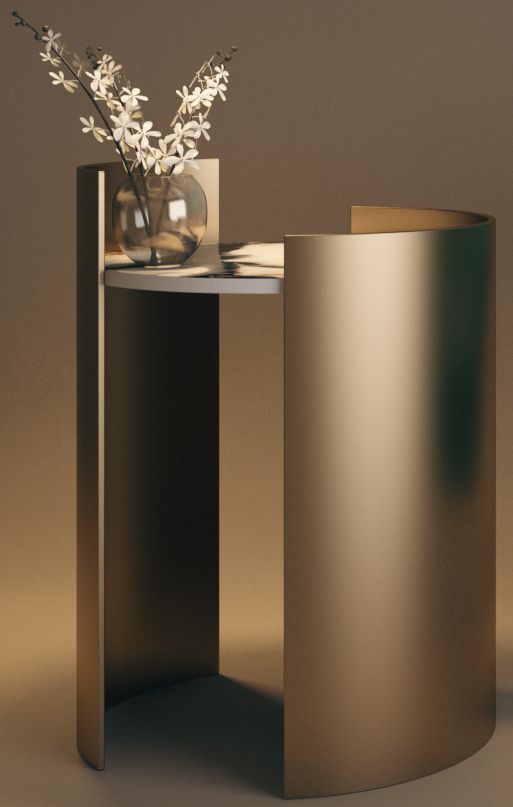
Source: Home Decor Look
- Powder coating offers several advantages in the context of interior design, making it a popular choice for finishing various metal surfaces. Here are some key advantages of using powder coating in interior design:
- Aesthetic Versatility: Powder coating provides a wide range of color options, finishes, and textures. This versatility allows designers to achieve specific aesthetic goals and match or complement the overall design scheme of a space.
- Customization: Designers can create custom colors and finishes, enabling a high degree of personalization for interior elements such as furniture, lighting fixtures, and architectural details.
- Durability: Powder coating creates a durable and resilient finish that is resistant to scratches, chips, and abrasions. This durability is particularly beneficial for surfaces in high-traffic areas or in contact with everyday use.
- Corrosion Resistance: The protective layer formed by powder coating helps prevent corrosion, making it suitable for metal surfaces exposed to environmental elements or moisture.
- UV Resistance: Powder coating is resistant to UV rays, which means that coated surfaces are less likely to fade or degrade when exposed to sunlight over time.
- Chemical Resistance: The finished surface is resistant to many chemicals, making it easier to clean and maintain. This is especially valuable in areas where exposure to cleaning agents or other chemicals is a concern.
- Consistency: Powder coating provides a uniform and consistent finish across large or complex surfaces, ensuring a high-quality appearance throughout the interior design project.
- Environmental Benefits: Powder coating is considered more environmentally friendly than traditional liquid coatings. It produces minimal waste, and the process emits low levels of volatile organic compounds (VOCs), contributing to sustainability in interior design.
- Efficiency and Speed: The powder coating process is efficient, with minimal waste and overspray. Additionally, once applied, the curing process is relatively quick, allowing for faster turnaround times in comparison to some other finishing methods.
- Ease of Application: Powder coating is a straightforward process that can be applied to a variety of substrates, including metal, without the need for solvents. This simplicity makes it a practical choice for a wide range of interior design applications.
- powder coating in interior design offers a combination of aesthetic flexibility, durability, and environmental advantages, making it a preferred choice for designers looking to enhance and protect metal surfaces within a space.
- It is a versatile and durable finishing option in interior design. Its use extends across various elements, providing designers with a range of aesthetic possibilities while ensuring longevity and protection for surfaces in different environments.
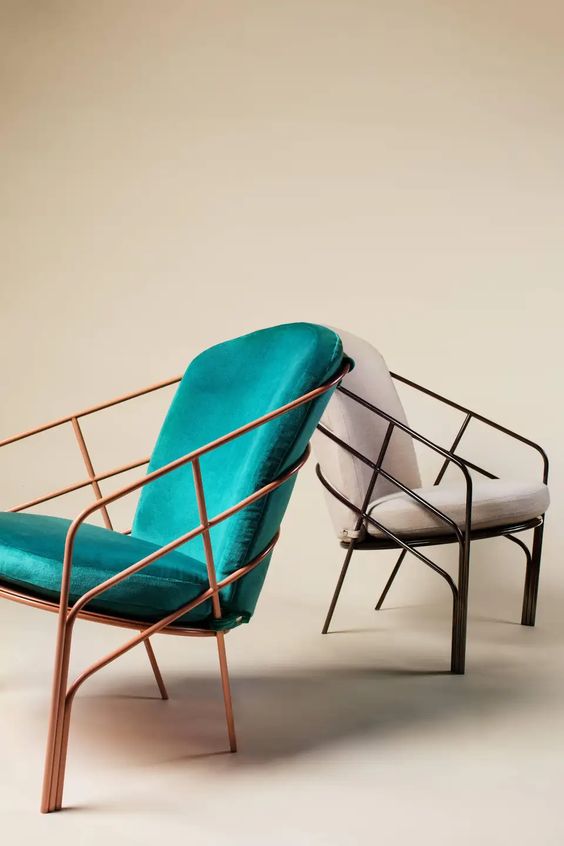
Source: 1stdibs.com
- The process of powder coating in interior design:
- Surface Preparation:
Before applying the powder coating, the surface of the object to be coated must be thoroughly cleaned and prepared. This typically involves removing any oil, grease, rust, or other contaminants. Cleaning methods may include sandblasting, chemical cleaning, or other abrasive techniques.
- Application of Powder:
The powder coating material is typically made of a mixture of finely ground particles of pigment and resin. The powder is applied to the prepared surface using an electrostatic gun. The gun imparts an electrostatic charge to the powder particles, which are then attracted to the grounded object.
- Electrostatic Application:
The electrostatic charge applied to the powder particles ensures an even and consistent coating. The charged powder adheres to the grounded object, creating a uniform layer.
- Curing:
After the powder is applied, the coated object is moved to a curing oven. The curing process involves exposing the object to high temperatures (usually between 350°F to 450°F or 177°C to 232°C) for a specific duration. During this stage, the powder melts and chemically reacts to form a continuous, protective film. The curing process may take around 10 to 30 minutes, depending on the specific powder coating material.
- Cooling:
Once the curing process is complete, the coated object is allowed to cool. The cooling phase is crucial for the powder coating to solidify and harden, creating a durable and resilient finish.
- Quality Inspection:
After cooling, the coated object undergoes a quality inspection to ensure that the powder coating has been applied evenly, and there are no defects. Any imperfections or issues may require rework or correction.
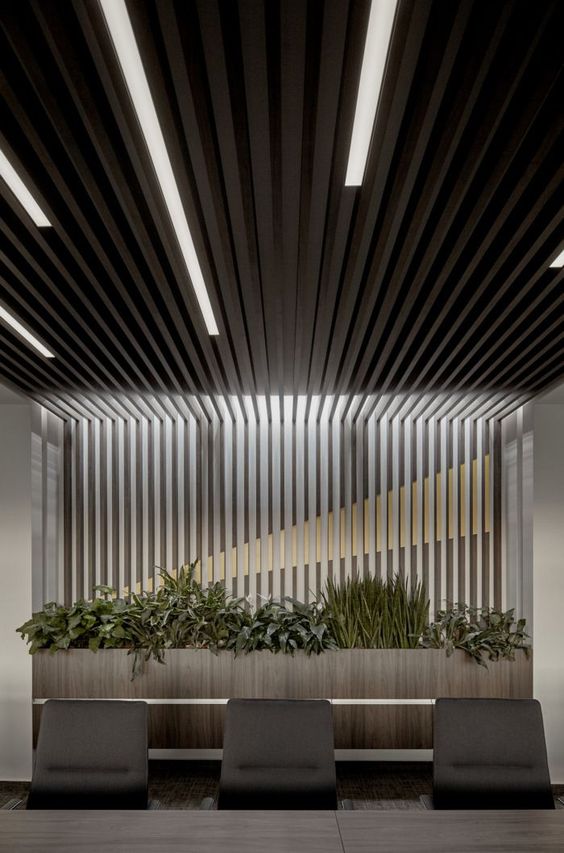
Source: Phil Pallen
Conclusion
Powder coating offers several advantages in interior design, including a wide range of color options, durability, resistance to chipping, fading, and chemicals. It is commonly used on metal surfaces, such as furniture, light fixtures, handrails, and other architectural elements. The process is also environmentally friendly as it produces minimal volatile organic compounds (VOCs) compared to traditional liquid coatings.
Your Title Goes Here
Your content goes here. Edit or remove this text inline or in the module Content settings. You can also style every aspect of this content in the module Design settings and even apply custom CSS to this text in the module Advanced settings.

About Author apurva nagure
Your Title Goes Here
Your content goes here. Edit or remove this text inline or in the module Content settings. Your content goes here.
.
You May Also Like…
The Ultimate Guide to Small Modular Kitchen Designs in 2024
A brief overview of Small Modular Kitchen DesignThe space...
Top 10 TV Unit Designs to Enhance Your Home Interiors
Television unit designs have changed in response to changing...
Your Title Goes Here
Your content goes here. Edit or remove this text inline or in the module Content settings.
